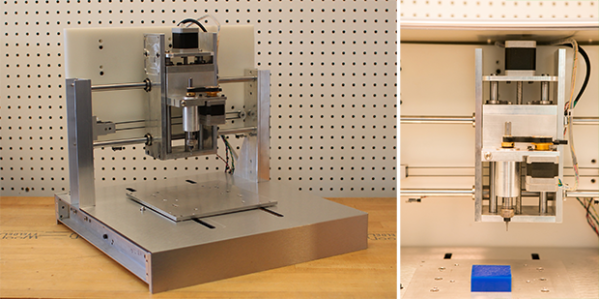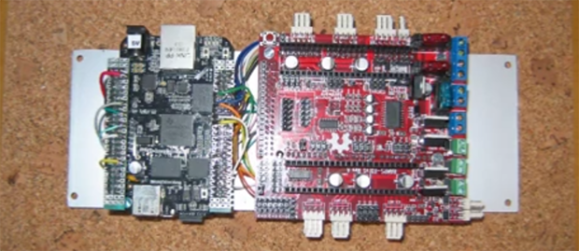There were so many things to see at Maker Faire that the booths spilled out of the buildings and into various tents on the grounds. One of the most interesting tents was packed with tables showing off CNC machines and that’s where we ran into two that are familiar, and still amazing.
First up is the handheld CNC router which we saw all the way back in 2012. It’s a spectacular piece of tech that adds a base to a handheld router. The base gives the tool a touchscreen system, the ability to precisely track it’s location, and adjustment motors to move the cutting bit in order to correct for imperfections in operator movements. It’s really amazing and we are happy to see they have formed a company called Taktia around the concept and are heading for crowd funding soon.
The second half of the video shows off the Nomad CNC mill which we covered at the end of April. Carbide 3D had a hugely successful (more than 10x the goal) Kickstarter that they tried to blame on the support of Hackaday readers. It’s a no-brainer that this machine is the one to watch, as even our hacked camera work doesn’t lose the fact that it can produce rock-solid results.

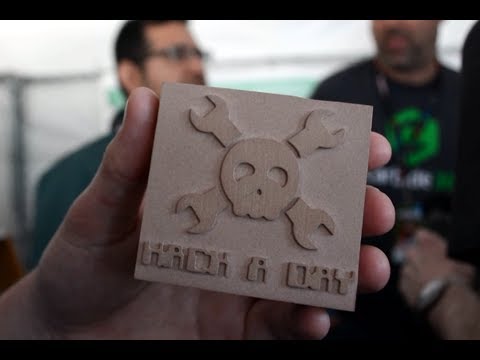
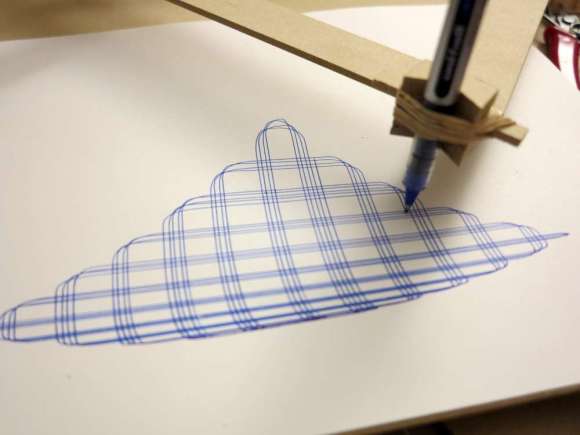

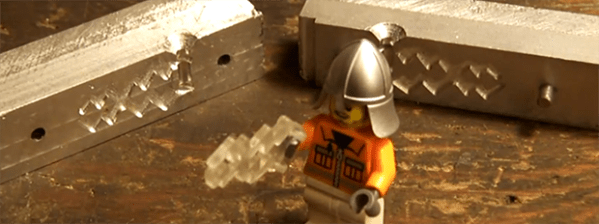

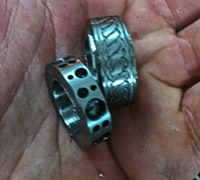 Making a ring on a lathe is a relatively simple ordeal, but the two larger rings [Patrick] made (one was for a friend) featured some interesting patterns that aren’t easy to make without a good CNC setup. Luckily, this friend has
Making a ring on a lathe is a relatively simple ordeal, but the two larger rings [Patrick] made (one was for a friend) featured some interesting patterns that aren’t easy to make without a good CNC setup. Luckily, this friend has 